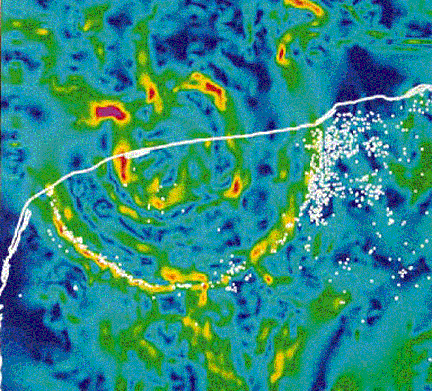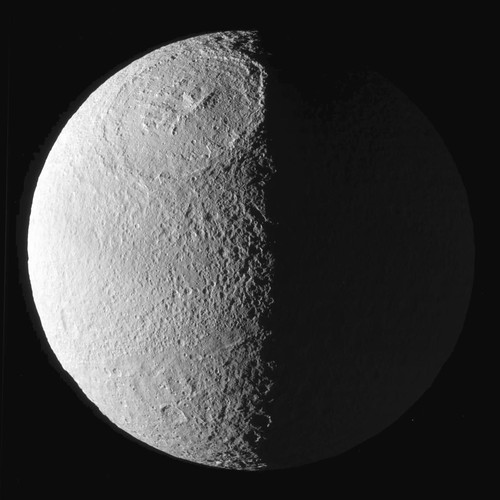------------------------------
Mercury : Vivaldi
http://messenger.jhuapl.edu/gallery/sci ... age_id=219
....................................

<<Numerous double-ringed craters may be seen on mercury. The crater Bach appears in the south polar regions of the planet, along with several others. The double-ring structures are not as prominent on the better-known near side of the Moon, but quite a few may be found on the farside as well as polar regions. It seems plausible that this particular structure was obscured or obliterated by the extensive flooding on the lunar near side.>>
http://www.astro.lsa.umich.edu/~cowley/intro2.html
Moon : Mare Orientale

Craters on the Moon pass through a sequence of typical shapes that depends approximately on their sizes (diameters, D):
* D < 20 km: craters are basically bowl shaped. This is true of both lunar and terrestrial explosion craters.
* 20 < D < 100 km: craters show central peaks.
* 100 < D < 350 km: double-ring structures.
* D > 400 km: multi-ring basins.
------------------------------
Chicxulub

 http://www.lpi.usra.edu/science/kring/e ... _hires.jpg
http://www.lpi.usra.edu/science/kring/e ... _hires.jpg
--------------------------------------------
Impact craters on Venus
http://www.athenapub.com/venus1.htm
 http://astrogeology.usgs.gov/Projects/V ... rtype.html
http://astrogeology.usgs.gov/Projects/V ... rtype.html
--------------------------------------------
Tethys : Odysseus

-----------------------------------







